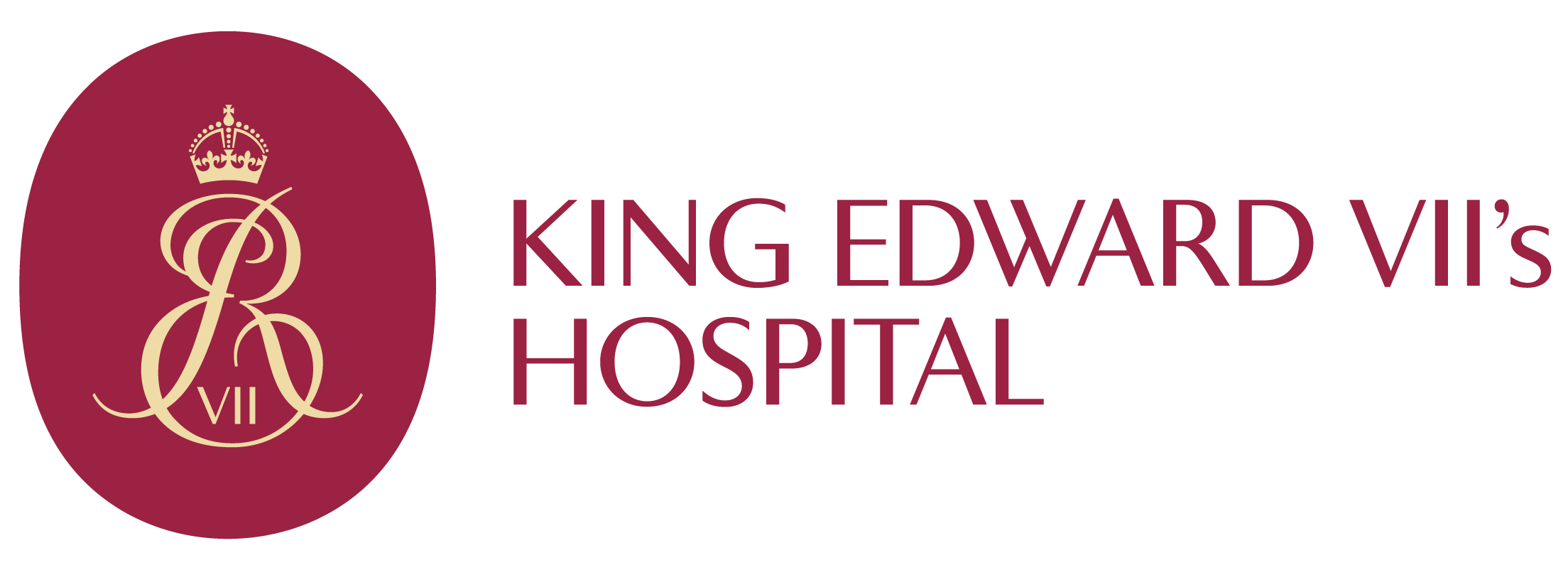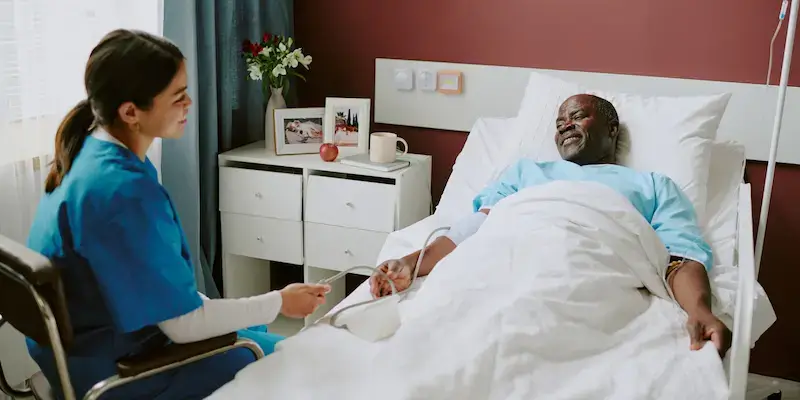Home >
Transurethral resection of bladder tumour (TURBT)
Get rapid access to our leading specialists.
Transurethral Resection of Bladder Tumour (TURBT) surgery is a surgical procedure used to treat bladder cancer.
Learn more about TURBT at King Edward VII’s Hospital
Why would I need Transurethral Resection of Bladder Tumour (TURBT) surgery?
Patients having this kind of surgery are advised to do so because their specialist thinks they have bladder cancer that needs removing. For some patients this is the only treatment they will need. Other patients will need some additional treatment after a TURBT.
What symptoms does Transurethral Resection of Bladder Tumour (TURBT) surgery address?
The first sign of bladder cancer is often painless blood in the urine. It may also cause changes in the frequency and urgency of urination meaning that you need to pass urine more frequently or more suddenly, and a stinging sensation during urination.
These symptoms may come and go, but if you do have bladder cancer, then removal of the tumour aims to treat your bladder cancer and stop these symptoms.
When should you speak to your specialist about Transurethral Resection of Bladder Tumour (TURBT) surgery?
If you have any of the symptoms of bladder cancer mentioned above, speak to your specialist. They will refer you to a urologist who will perform some blood and urine tests, and a flexible cystoscopy.
How is Transurethral Resection of Bladder Tumour (TURBT) surgery performed?
TURBT surgery is usually performed under a general anaesthetic and takes between 15 and 90 minutes depending on your circumstances. Some people require one to two nights in hospital following their procedure.
Prior to surgery, you may have a dye injected into your bladder to allow your surgeon a better view of any tumours. Your surgeon will then insert a long, thin medical instrument called a cystoscope into your urethra (the tube that takes urine from the bladder to the outside of your body) and up into your bladder.
The cystoscope contains optic fibres and has a camera on the end, allowing your surgeon to clearly see your bladder on a nearby screen. Your surgeon may also need to fill your bladder with a sterile liquid to get a better view.
If your bladder contains any tumours, your surgeon will pass a thin instrument down the cystoscope to remove, or resect (shave off), the tumours. Any wounds will be cauterised (sealed) using heat to prevent bleeding.
What is the recovery like for Transurethral Resection of Bladder Tumour (TURBT) surgery?
Your recovery from TURBT surgery will depend on multiple factors, including your age, fitness level and the nature of your procedure.
Your surgeon may have inserted a catheter into your bladder to help drain away any urine in the days following your procedure. This can also be used to deliver some medicine straight into the bladder, to reduce the chance of the bladder cancer coming back in the future. This will be removed before you leave hospital. You may feel some discomfort and a stinging sensation when you urinate that can be relieved with painkillers.
You may notice blood in your urine for the first few days but this may last up to three weeks. Your surgeon will explain what to do if you experience bleeding for this long.
Your surgical team will advise you to drink plenty of fluids after your surgery to help prevent a bladder infection and will discuss your next steps with you.
Are there any risks/complications associated with Transurethral Resection of Bladder Tumour (TURBT) surgery?
As with any medical procedure, it’s possible for risks or complications to arise. Speaking with your specialist or surgeon beforehand will help you understand any potential adverse reactions.
Transurethral Resection of Bladder Tumour (TURBT) surgery has a relatively low risk of serious complications, but the following risks and complications can occur in a small number of cases:
- Significant bleeding from the bladder
- Bladder or urine infection
- Damage to the bladder
How can I prepare for Transurethral Resection of Bladder Tumour (TURBT) surgery?
Prior to TURBT surgery, your surgeon will discuss with you how best to prepare for surgery, as each patient is different.
Are there alternatives for Transurethral Resection of Bladder Tumour (TURBT) surgery?
Treatment for bladder cancer depends on the type and stage of your cancer. Your medical team will discuss your options with you.
Call 020 3925 1015 or fill in your details below to make an enquiry
Need further help or advice?
Contact our team for enquiries or information.
If you need to contact us in any other way, please go to

